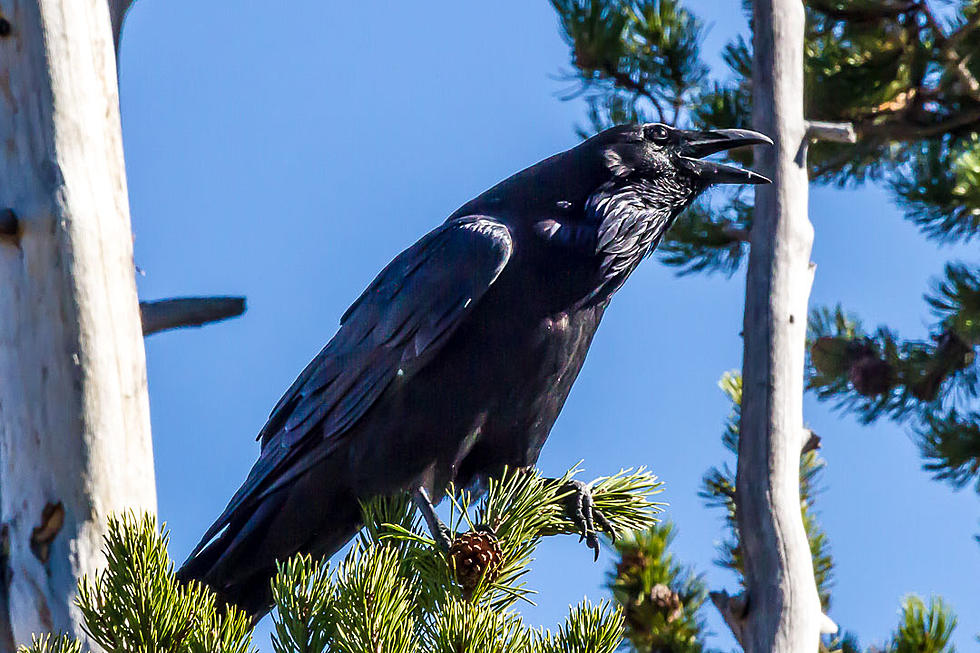
Despite the Cold, Montana Wildlife Still Active in Bitterroot
The rough-legged hawk obviously likes cold weather. In the winter, you can see the bird in open country around the Bitterroot Valley. Then it migrates - north. That's right. The birds head up to the tundra on the north edge of Canada to raise families. Bob Danley of the Bitterroot Outdoor Journal has seen the hawk on power poles in the valley floor. It hovers while looking for voles, mice, and shrews, then swoops in on its prey.
It's less blood-thirsty around your backyard feeder, where the American Tree Sparrow (photo above) is fattening up before it migrates - again to the north, though not as far north as the hawk. Other birds are around. For instance, in open water and in streams, you might see the Gadwall dabbling duck or the Ring-necked duck (photos below). Both are regularly seen at the Lee Metcalf National Wildlife Refuge near Stevensville. The Gadwall dips its head down under the water to feed, while the Ring-necked duck dives completely underwater to grab its meal.
The Gadwall male duck is gray with a black bill and black butt, while the female is brown with orange edged bill. Meanwhile, the Ring-necked duck male has a purple head with a black back and females have brownish bodies.

Also at the refuge, Bob saw a muskrat on the edge of a pond. The 20-inch long mammal doesn't hibernate, but its lodge is a pleasant place to be, with temperatures around 60 degrees, even on days when the outside temperature is 0 degrees. The muskrat is an omnivore, but mainly eats vegetables throughout the year. It is the largest member of the Vole family and is dark brown with short round ears. And, it can swim underwater for up to 15 minutes at a time.
And there's always lichen for some winter color. This week, Bob highlights the Varied Rag lichen, which can be found mainly on trees, but also on rocks. It looks like a greenish-grey crumpled rag (photo below). It can be about six inches in diameter.
The Woodland-Star wildflower has sprouted leaves and will flower in mid-March. That's another indicator that spring is on schedule. Until then, stay warm. The Bitterroot Outdoor Journal is heard Wednesday mornings at 7:45 on 1240 KLYQ Radio and at www.klyq.com.
What to Pack in Your Montana Winter Emergency Travel Kit
LOOK: Here are the pets banned in each state
More From KMPT-AM





